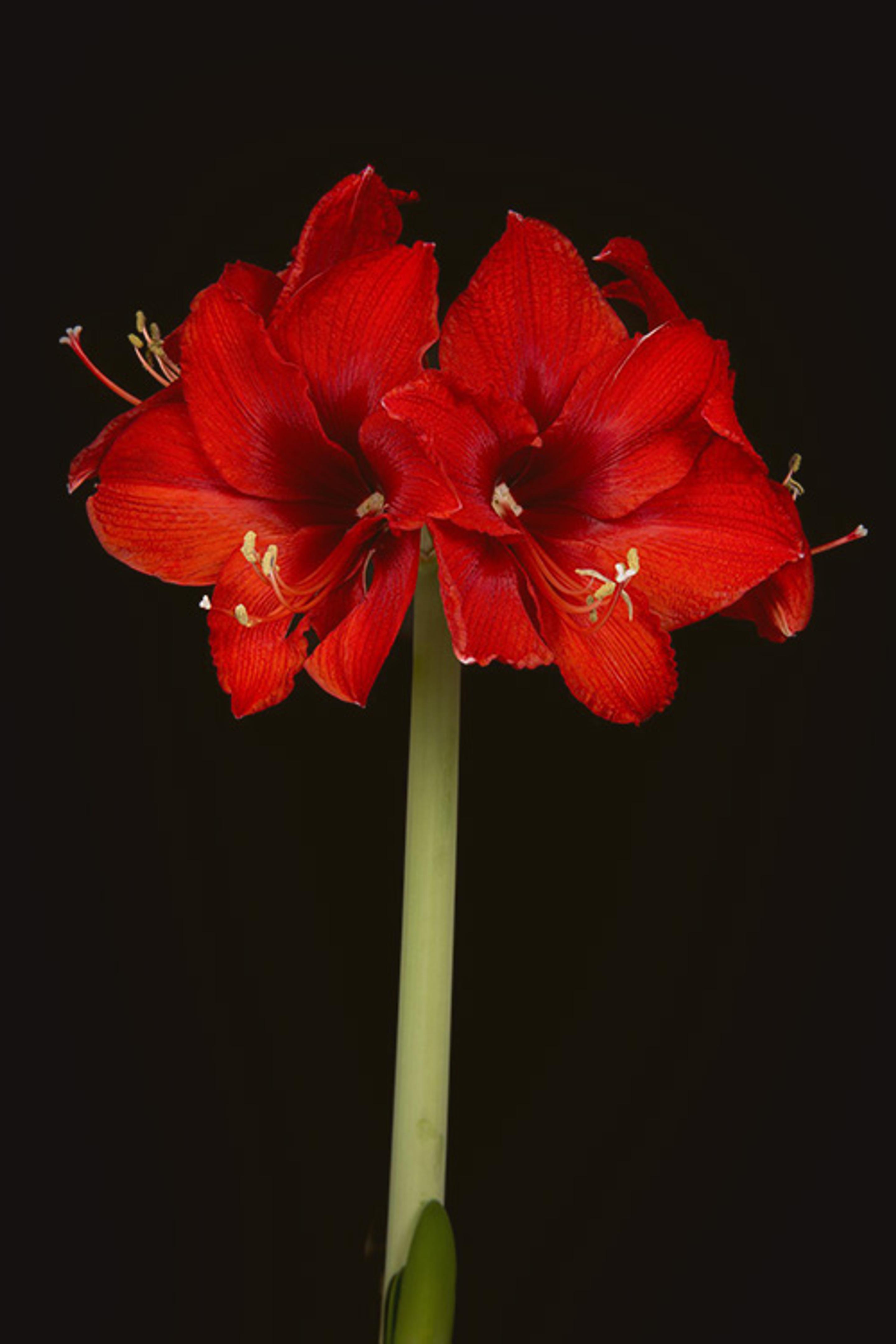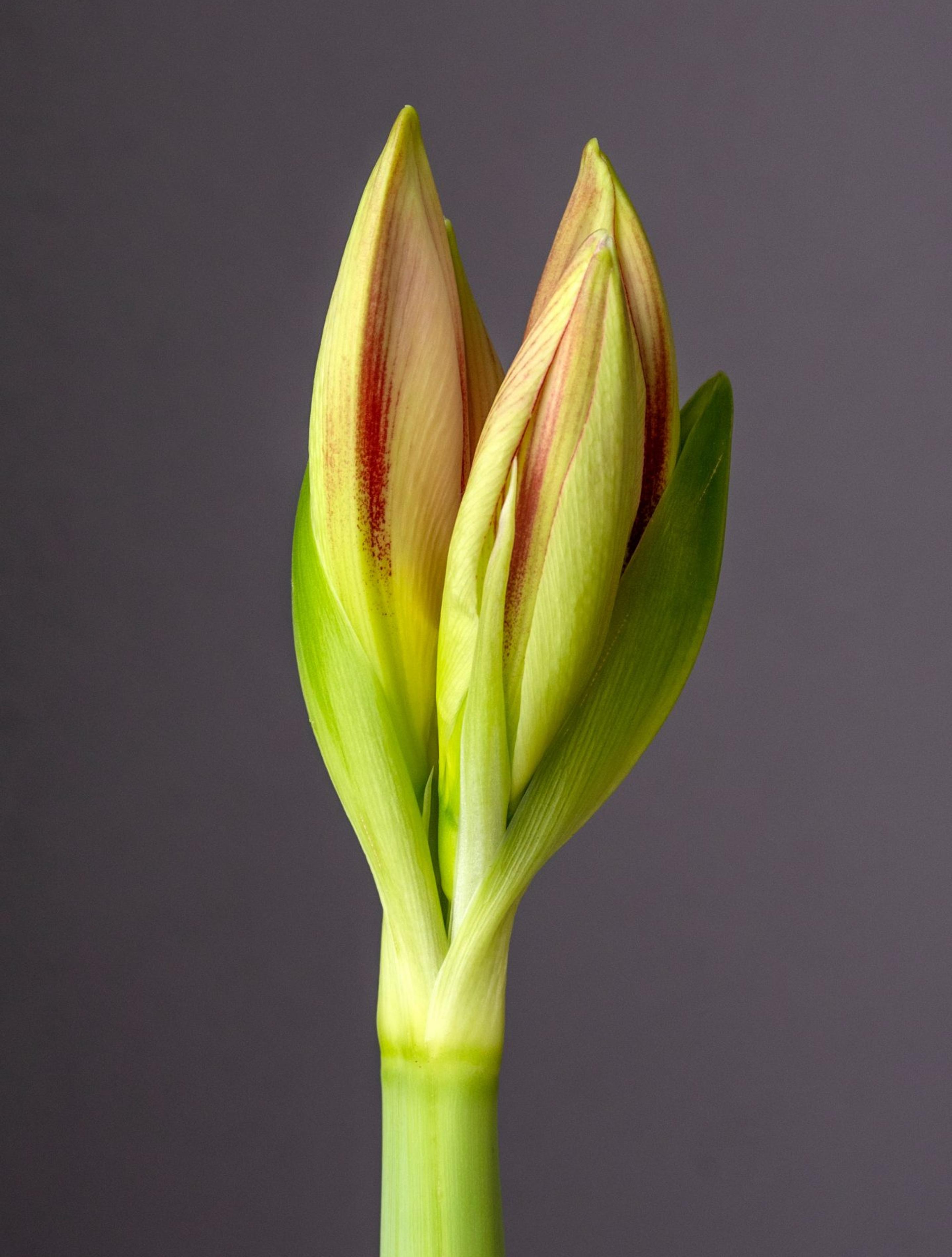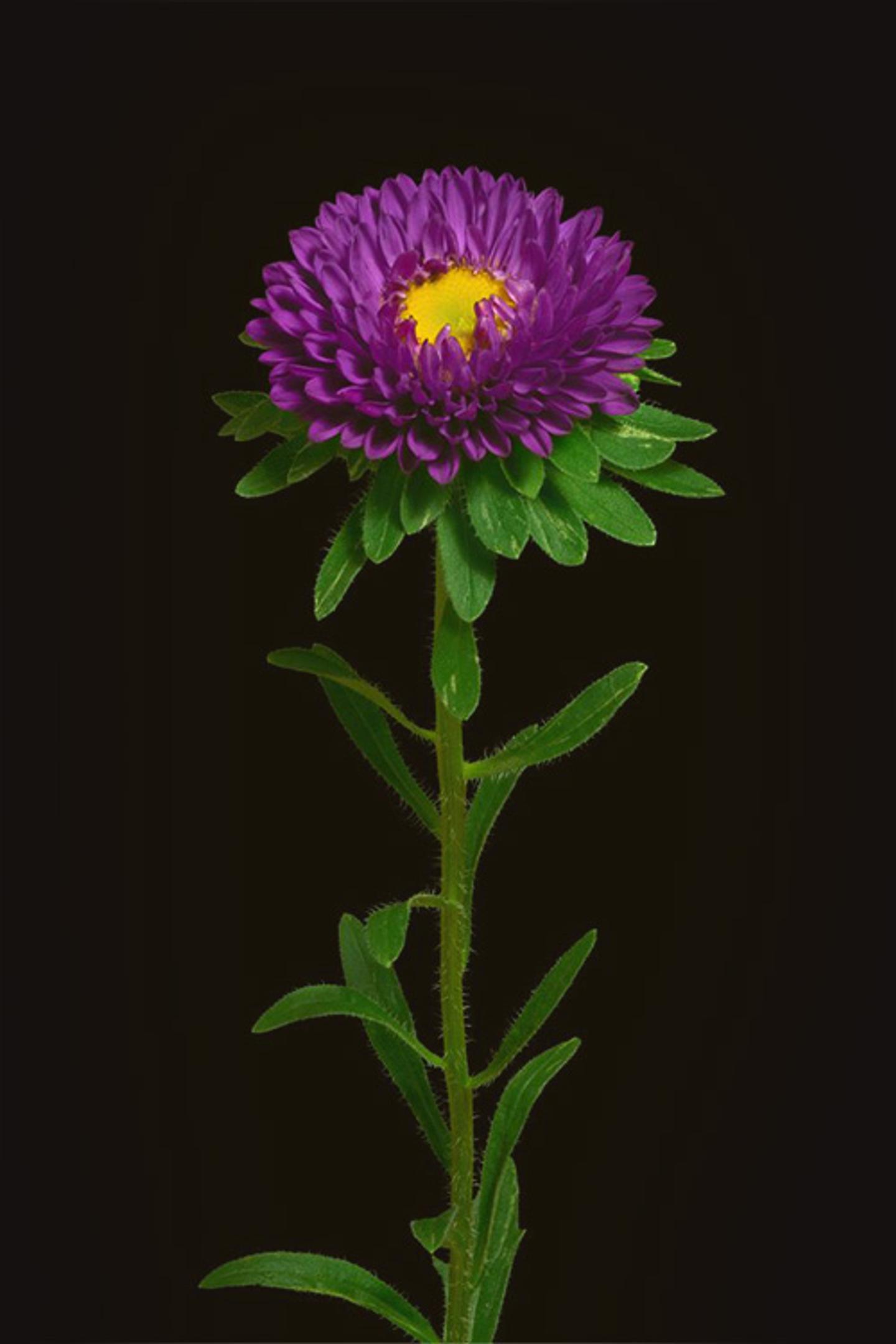Flower Meanings
Amaryllis


The Meaning of Amaryllis
Amaryllis typically symbolizes three main things:
- Beauty
- Pride
- Attention
It probably comes as no surprise that this stunning bloom symbolizes beauty—just look at it! Amaryllis is the perfect bloom to give to someone you find beautiful, inside and out.
Pride: Victorians considered these blooms to be symbols of pride, particularly in terms of vanity. Some even used amaryllis to make others angry, almost as a sort of insult. But you could also gift these flowers as a joke to someone who is overly conscious of their appearance.
Attention: Again, this one’s pretty self-explanatory. This gorgeous bloom is going to be the center of attention whether you want it to or not. It’s sure to make the perfect eye candy for your home or in a bouquet sent to a loved one. Amaryllis has been catching eyes and stealing hearts for centuries.
The amaryllis is also often used as a symbol of unreturned or unrequited love. There’s even a poem written by the Greek poet Virgil about a Greek nymph called Amarullis who died in vain after going unnoticed by the love of her life. [1]
What Does Amaryllis Smell Like?
Known as amaryllis’ best kept secret, its sweet and delicate scent is perfectly subtle. [6]
Amaryllis Color Meanings
There are many flowers that have just one meaning, but the tulip has many meanings depending on its color… and it has a lot of color varieties. Here are just a few different colors and what their amaryllis color meaning is:
- Yellow amaryllis represents happiness and joy.
- Red amaryllis symbolizes passion, love and attraction.
- Orange amaryllis represents happiness, good health, and overal positive energy.
- Purple amaryllis represents nobility, spirituality, and royalty.

"I care not for these ladies, That must be wooed and prayed; Give me kind Amaryllis, The wanton country maid. nature art disdaineth; Her beauty is her own."
Thomas Campion
The History of the Amaryllis
Some botanists believe that the Portuguese probably brought the bulb of the amaryllis to Europe around the early 16th century. Portugal, Spain, and Italy were among the first European countries to introduce the amaryllis belladonna, as explorers from these countries would return home with tons of new discoveries in an effort to please the wealthy patrons who paid for their world-wide expeditions. The discovery of amaryllis belladonna in places like the Canary Islands and Madeira theorizes that its importation may have paralleled the history of the sugar cane trade as well as the slave trade. Amaryllis belladonna arrived in England around the early 18th century.
The genus name “Amaryllis” comes from the Greek word “amarysso,” which means “to sparkle.” In Greek mythology, it was the name of a shepherdess who shed her own blood to prove her true love, and in doing so inspired the name of this lovely bloom.
Throughout the 18th century, amaryllis bulbs were actually labeled as lilies, which explains many of their common names today. In South Africa, it is known as the March lily; in the United Kingdom, it’s the belladonna lily or the Jersey lily; and in Italy, it’s known as the Madonna lily. The Portuguese name of the amaryllis means “St. Joseph’s Staff” in reference to the legend of the staff of St. Joseph bursting into bloom as a sign of his selection as the spouse of the Virgin Mary.
German botanist Eduard Friedrich Poeppig spent much of his time in Chile where he discovered the amaryllis hippeastrum growing on a hillside during one of his many plant-hunting expeditions in 1828.
In terms of hybridizing, some took place concerning the amaryllis belladonna in Australia during the middle of the 19th century. A cross between Amaryllis belladonna and brunsvigia took place at Campden Park Estate, also known as the home of Sir William Macarthur, an Australian botanist, and viticulturist. Brunsvigia multiflora and amaryllis multiflora were among the hybrid results. Today they go by x Amarygia.
We know, you’re probably wondering about Christmas Amaryllis! Well, Holland is a major grower and exporter of amaryllis, which usually increases in demand around the holiday season due to its festive variety of colors. Dutch and South African varieties include bright red, pink, and white blooms. [2]
DID YOU KNOW - Amaryllis Fun Fact
In nature, amaryllis bloom in spring or summer, but are commonly forced into early bloom for the holidays. [3]

How to Grow Amaryllis
Growing amaryllis bulbs honestly couldn’t get much easier—we’re in luck!
Step 1: Plant in a 6-8 inch pot if your amaryllis is not already potted. Use a heavy pot if you can, as lightweight pots are more likely to tip over under the weight of the blooms. Plant bulbs pointed-end-up in potting mix and pack the soil gently around the bulb so about one-third of the bulb remains above the soil line.
Step 2: Place your potted amaryllis in a location that receives bright, indirect light.
Step 3: Water sparingly until you see about 2 inches of new growth from that point on, water regularly.
Pro tip: As your amaryllis grows, turn the pot periodically to encourage the flower stalks to grow straight. Flower buds will appear at the top of each stalk, followed by the beautiful blooms you’ve been dreaming of! To prolong the life of your fresh blooms, keep your amaryllis out of direct sunlight. [4]
When to Give Amaryllis as a Gift
Amaryllis makes a perfect holiday gift! They also make a wonderful gift for someone you admire or love deeply.

References:
- 1 - flowermeaning.com
- 2 - Royal Colors
- 3 - Gardeners
- 4 - Gardeners How To
- 5 - Home Guides
- 6 - Funny How Flowers Do That
Flower Meanings — keep discovering

Allium
Often referred to as “Gladiator,” “Goliath,” and “Globemaster,” there’s no doubt in our minds that this flower is just as enchanting and unique as it appears. Each bloom is packed with hundreds of tiny, densely packed individual flowers, simply adding to the beauty and wonder of these ornamental onions. (Yes, we said onions). [1]

Alstroemeria
The term Inka means “ruler” or “lord” in Quechua, the main language of the Inca Empire. And like the Incas, alstroemeria rules over gardens and bouquets alike, with its incredible colors and tiger-pattern throats.

Astilbe
Commonly known as ‘False Goat’s Beard,’ Astilbe brings light and life to even the shadiest of corners. And don’t worry, there’s nothing false about this bold perennial wildflower!

Aster
A part of the daisy family, aster is an ancient bloom that has been around for thousands of years, and you better believe it’s got a story to tell!

Allium
Often referred to as “Gladiator,” “Goliath,” and “Globemaster,” there’s no doubt in our minds that this flower is just as enchanting and unique as it appears. Each bloom is packed with hundreds of tiny, densely packed individual flowers, simply adding to the beauty and wonder of these ornamental onions. (Yes, we said onions). [1]

Alstroemeria
The term Inka means “ruler” or “lord” in Quechua, the main language of the Inca Empire. And like the Incas, alstroemeria rules over gardens and bouquets alike, with its incredible colors and tiger-pattern throats.

Astilbe
Commonly known as ‘False Goat’s Beard,’ Astilbe brings light and life to even the shadiest of corners. And don’t worry, there’s nothing false about this bold perennial wildflower!

Aster
A part of the daisy family, aster is an ancient bloom that has been around for thousands of years, and you better believe it’s got a story to tell!
Ready to send beautiful flowers?
Our guided experience helps you send a one-of-a-kind arrangement perfect for every occasion.
Send Flowers